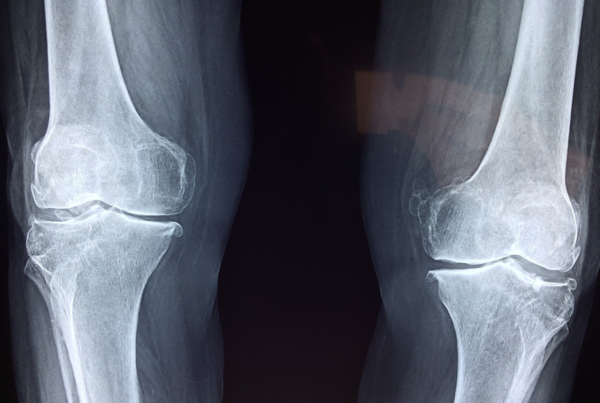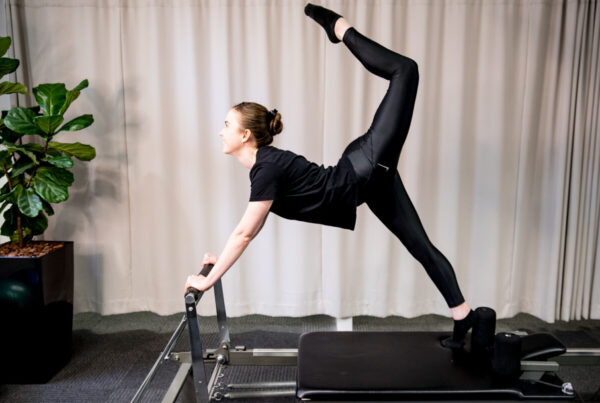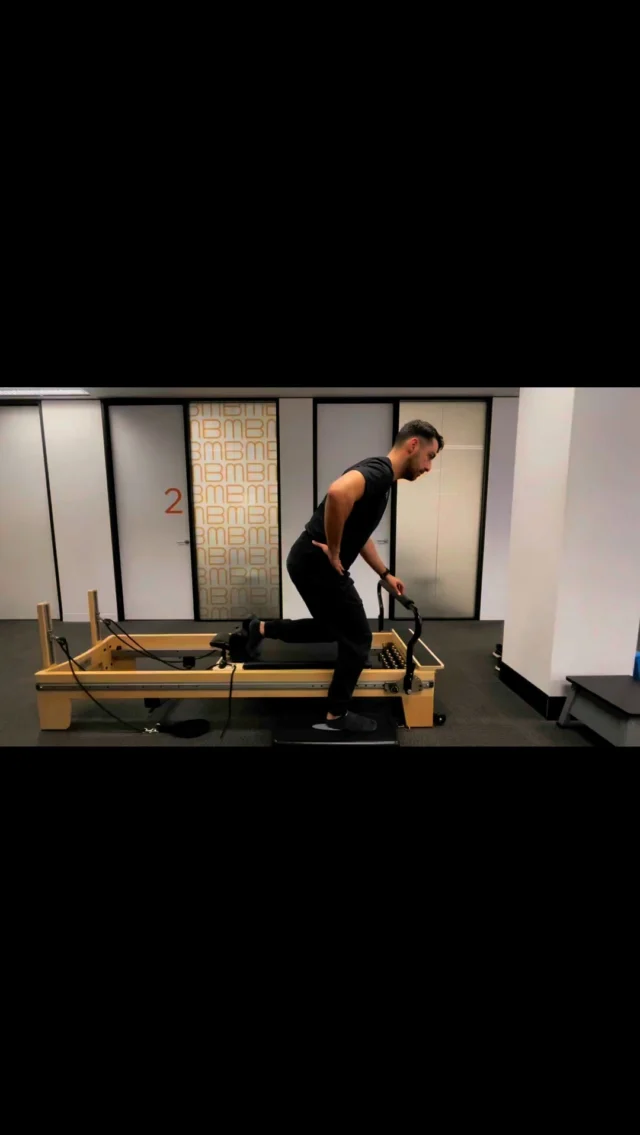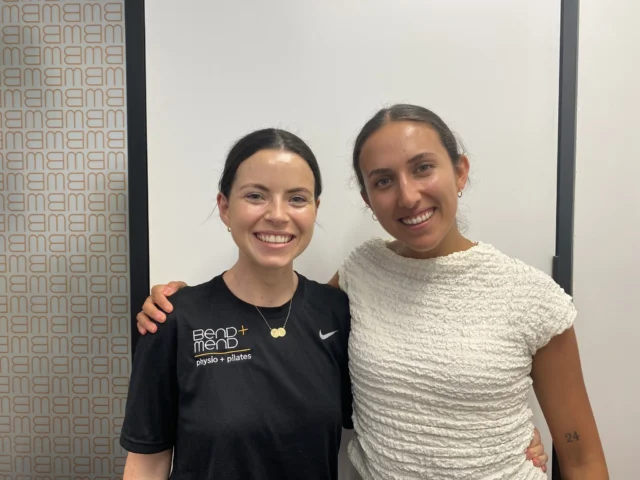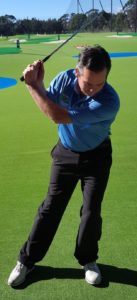 A ‘slide’ in a golf swing is any excessive lower body sideways movement towards the target during the downswing. This swing characteristic makes is very difficult to stabilise your lower body during the downswing, which will eventually reduce the upper body’s ability to generate a sufficient amount of power and speed through impact. The upper body needs a stable lower body to ensure maximal acceleration during the downswing. Once the lower body starts its forward shift into the downswing, it’s role is to transfer energy to the upper body and provide a stable base for the extreme rotary forces created by the torso, arms and club. If there is no stable base, players will lose power and try to develop speed in an inefficient sequence.
A ‘slide’ in a golf swing is any excessive lower body sideways movement towards the target during the downswing. This swing characteristic makes is very difficult to stabilise your lower body during the downswing, which will eventually reduce the upper body’s ability to generate a sufficient amount of power and speed through impact. The upper body needs a stable lower body to ensure maximal acceleration during the downswing. Once the lower body starts its forward shift into the downswing, it’s role is to transfer energy to the upper body and provide a stable base for the extreme rotary forces created by the torso, arms and club. If there is no stable base, players will lose power and try to develop speed in an inefficient sequence.
Several characteristics must be developed in order to not ‘slide’ during the golf downswing:
– For a right handed golfer, left hip internal rotation is vital for full rotation into the lead hip without any lateral (sideways) sway. If the body is unable to rotate around the lead hip due to joint or muscular restrictions, lateral movements will most likely occur.
– The ability to separate the upper body from the lower body allows the lower body to laterally stabilise while rotating the shoulders through a full finish. Limited thorax-to-pelvis separation is usually caused by reduced spinal mobility and shortened Latissimus Dorsi flexibility.
– The ability to laterally stabilise the front leg during the downswing is directly proportional to the strength and stability of the gluteal muscles. These muscles are paramount in ensuring a stable pelvis during such an aggressive load into the lead hip.
If you think you may Slide in your golf swing then this is best evaluated by our TPI Physical Screening. So come and see Bonnie (TPI certified) at Bend + Mend in Sydney’s CBD for a Golf Physiotherapy Assessment and TPI Physical Screen.

